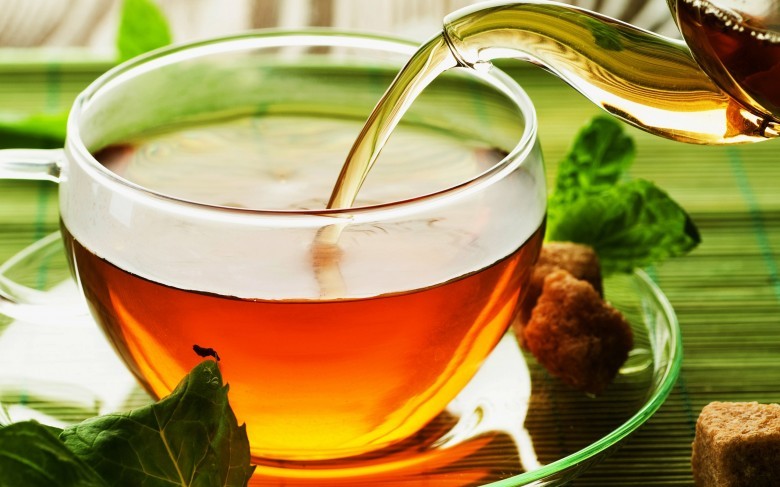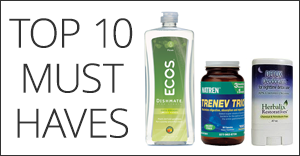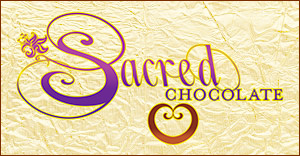This cayenne cold and flu buster tea recipe calls for spices you already have in your kitchen. Homemade remedies are often the best and most effective ones.
This cayenne cold and flu buster tea is packed with healing ingredients such as chamomile, cayenne pepper, turmeric, and honey.
Let’s take a look:
Cold and Flu Buster Tea Recipe
Cayenne pepper:
It has powerful anti-inflammatory properties, which help reduce aches and pains associated with cold and flu. Because cayenne is hot, it also helps clear the sinuses when consumed in tea or in food.
Chamomile:
It has properties that help boost the immune system.
A study published by the Journal of Agricultural and Food Chemistry shows strong evidence to support chamomile’s immune boosting potential.
The study showed that participants who drank chamomile tea had an increase in the amount of hippurate in their system.
Hippurate is one of the substances that help bolster the immune system and fight bacteria that can cause colds and other ailments.
It has antibacterial, antiviral and antifungal properties, which help fuel the immune system.It is often used in many remedies to treat the flu and to help fight allergies.
Turmeric:
It is a potent spice for many ailment and overall health. It is often referred to as a superstar spice or the “Indian solid gold.” It has anti-inflammatory properties, which help relieve congestion, and it has antiviral and antibacterial properties, which aid in clearing infections and viruses.
Directions:
Bring 1 cup of filtered water to a boil
Add 1 tbsp of dried chamomile flowers
Steep for 3-5 minutes and strain
Add 1/4 tsp of cayenne
Add 1/2 tsp of turmeric
Add 1 tbsp of raw honey
Mix and enjoy while hot
AS ALWAYS: Check with your health practitioner before you change your diet. These organic foods are not meant to replace any treatment or drugs you are taking.
For a cold and flu buster elderberry tea.
REFERENCES:
1. “Effect of Honey, Dextromethorphan, and No Treatment on Nocturnal Cough and Sleep Quality for Coughing Children and Their Parents.” JAMA Pediatrics. N.p., 2007. Web. 06 Oct 2014.
2. “Chamomile: A Herbal Medicine of the past with Bright Future.” PMC. U.S. National Library of Medicine, 01 Nov. 2010. Web. 06 Oct 2014.
3. “Cayenne.” University of Maryland Medical Center. N.p., n.d. Web. 06 Oct 2014.
4. “A Metabonomic Strategy for the Detection of the Metabolic Effects of Chamomile (Matricaria Recutita L.) Ingestion.” National Center for Biotechnology Information. Journal of Agricultural and Food Chemistry, 26 Jan. 2005. Web. 06 Oct. 2014.

















